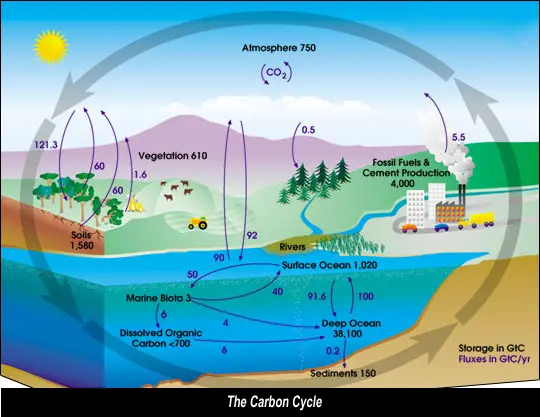Wednesday, September 24, 2008
MINI PROJECT #4: Grocery Lists and Genetically Altered Foods
Posted by Michelle Y. at 9:48 AM 0 comments
Thursday, September 18, 2008
MINI PROJECT # 3: The Endangered Animals of Colombia

1. Scarlet Macaw: Beautiful bird with a great ability to mimick sounds made by the human voice as well as perform entertaining and amazing tricks.This bird became endangered due to a high demand for its colorful feathers in earlier centuries, and remains so due to individuals removing the young from their nests in order to keep them as pets.
2. Bespectacled Bear: This bear is not a threat to human life yet it is killed because it is believed to do damage to agriculture and also killed for its meat.
3. Gorga's Rice Rat: This rat is critically engangered and endemic to Colombia.
4. Handley's slemder mouse opossum also critically endandgered and endemic to Colombia.
5. Colombian Weasel: Five different speciesw of this animal found in colombia within areas where great deforestation has occured. Deforrestaiton may have had an impact on this animal's current endangered status.
6. Cottontop Tamarin: Endemic to Colombia; a small monkey the size of a squirrel that has become endangered due to 3/4 of its original habitat being deforrested. They are also collected and captures as pets in the illegal pet trade of Colombia and the Cottontip mandarin is a species that is victim to illegal exportation.
6. Dryland Mouse Opossum
7. Giant Armadillo
8. Giant Otter
9. Mountain Tapir: Declined due to clearing and burning of habitat for purposes of agriculture and livestock. This animal ahs also been hunted for meat as well as for sport. Many mountain Tapira died during the 1960's when in the midst of being captured for zoos many were killed.
10. Pacarana: A large rodent that is said to resemble a very large guinea pig. Species threatened due to habitat loss and hunting by man for food.
Info. found on: http://www.animalinfo.org/country/colombia.htm
Posted by Michelle Y. at 12:03 PM 0 comments
Thursday, September 11, 2008
MINI PROJECT #2: The Carbon Cycle
Posted by Michelle Y. at 10:26 AM 0 comments
Tuesday, September 2, 2008
Mini Project #1 Environmental Organizations
Upon analyzing the different environmental organizations; Greenpeace, National Resource Defense Council, and Wildspots Foundation I have determined that I would rather join the Greenpeace Environmental Organization because upon examining their goals and mission statement I find that it is the most well rounded organization who aims to help all aspects of our planet including society.
Greenpeace participates in the defense of animal wildlife as well as plants, forests and marine life. They aim to preserve and protect our oceans and put an end to destructive fishing as well as the disposal of wasteful chemicals into our oceans. Greenpeace even takes part in socially responsible farming and the elimination of harmful chemicals in agriculture which directly affects the lives and health of all living organisms on earth.
But what stood out to me the most was this organization's stand on disarment and peace. They work towards putting an end to conflict and the use of nuclear weapons. I find it to be wonderful that they take a stand on wildlife and our environment as well as peace and violence which is one of the biggest problems on earth today. This is an organization that is environmentally and SOCIALLY conscious and that is why it would be the one I would choose to join.
It is true that Greenpeace has taken some drastic measures in the past in order to put a stop to activities that are hurtful to our environment and many might be in opposition to these actions but I must say that sometimes in order to make an impact and stop those harming the environment drastic is the only way to go. Keep in mind that things such as offshore oil drilling and genetic engineering can be very porfitable businesses and a subtle request on behalf of environmental activists is not going to do the trick. These people are in it for the money and they will continue to look out for their own selfish needs until drastic measures are taken. Sometimes it is essential to demonstrate that you mean business and Greenpeace gets their point across. I respect them for that.
Posted by Michelle Y. at 5:51 PM 0 comments

